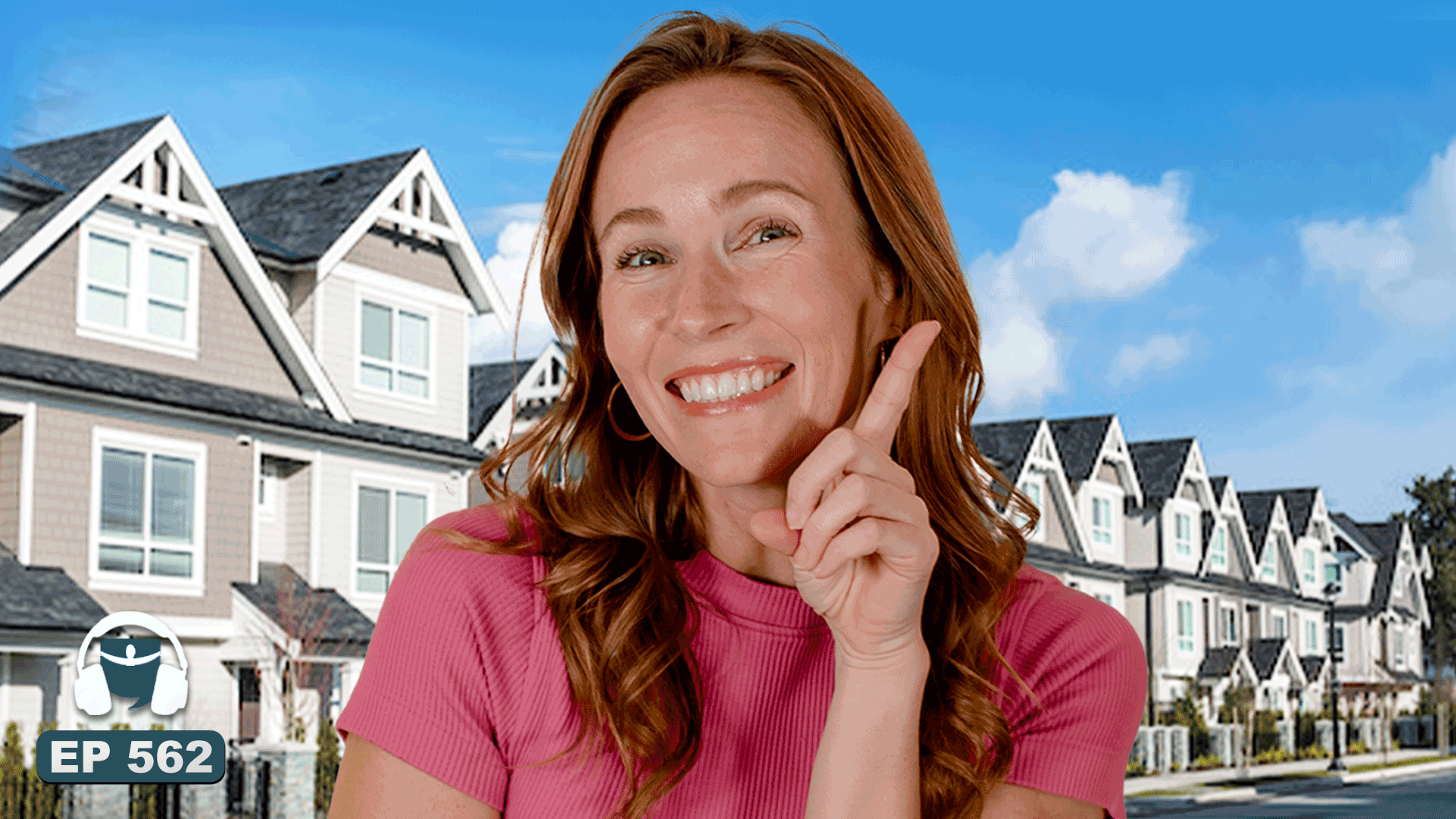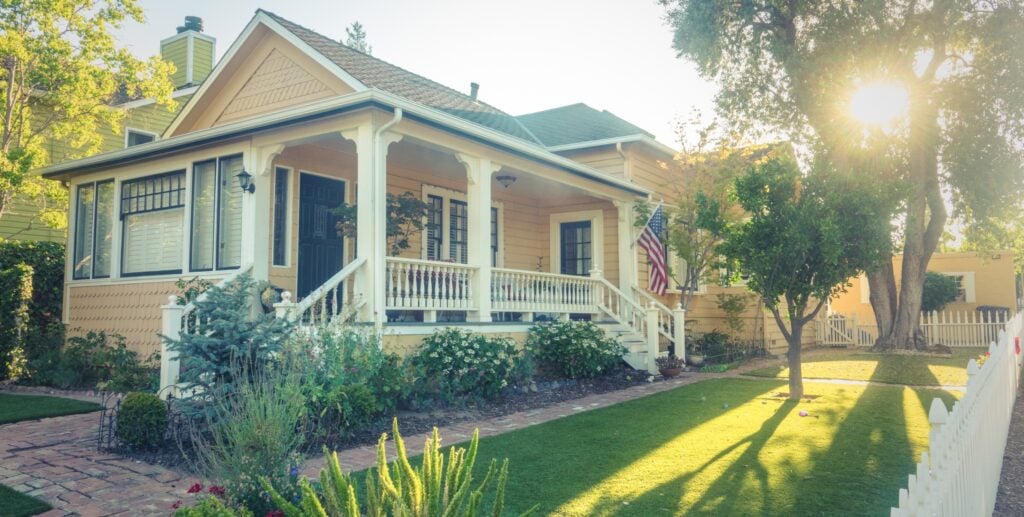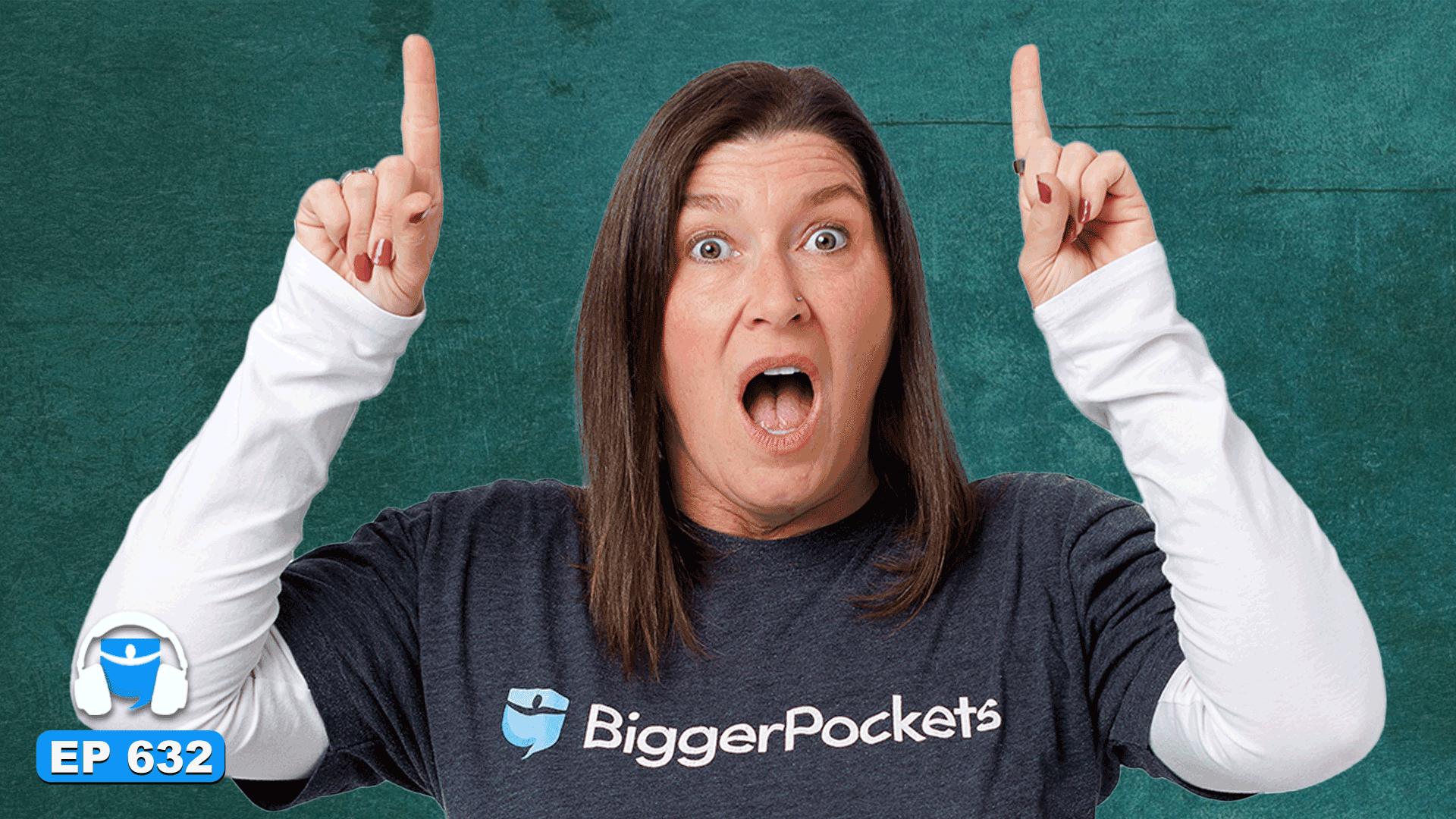Home prices have been on a run upward over the last few years, with homeowners finding that their primary residence is now worth much more than when they bought it. This extra equity can be great, but many homeowners may be in for a surprise—when it comes time to sell the home, they may face a big capital gains tax bill.
For years, smart real estate investors have used a tool called the 1031 exchange to avoid paying capital gains taxes from a sale. With a 1031 exchange, an investor can sell one property and buy another similar one as a replacement, which lets them postpone the tax bill and keep more money to invest. This method works well for investment properties, allowing investors to upgrade or add to their property portfolios. However, this benefit has usually been available only for investment properties.
But what if your main home has gained so much value that you now face a big tax bill? Many people think 1031 exchanges only work for investment properties, but a few creative strategies may open up this tool to help reduce taxes when selling your primary residence, too.
We’ll cover three ways to hack your primary residence with a 1031 exchange and grow your portfolio (and one bonus hack for vacation homes).
What is a 1031 Exchange?
But first, let’s dig into some 1031 exchange basics.
Named after Section 1031 of the Internal Revenue Code (IRC), a 1031 exchange allows investors and business owners to make tax-deferred “like-kind” exchanges on real property. This revolutionary idea has allowed investors and business owners to keep reinvesting in their businesses without having to pull money out to pay taxes whenever they sell an existing piece of property to buy a new one. This means your equity keeps compounding for the long term, even as you grow your portfolio or exchange into different types of property.
A 1031 exchange has long been one of the most attractive strategies in the real estate investing world, as countless investors have used this section of the tax code to defer paying capital gains tax forever. Many of these investors eventually pass away, never having to pay capital gains taxes, with their children inheriting their fortune at a stepped-up basis.
How Does a 1031 Exchange Work?
There are many books, blog posts, and seminars that cover how a 1031 exchange works, and we won’t have time to dig into everything here. But it does help to understand a few basics.
First, it’s helpful to know that you can buy and sell property in any order.
- If you sell first and then buy a replacement, that’s called a “forward exchange.” These are straightforward and well-defined in the Internal Revenue Code.
- If you want to buy a property first, then sell a property you already own, that’s called a “reverse exchange.” These are a bit of a hack in their own right, and require a few extra steps, but are fairly common.
The other most widely known rules are the 1031 exchange timelines. The tax code added some limitations around how long you have to perform an exchange, but there are two key deadlines that are nonnegotiables:
- The 45-day rule: In the case of a forward exchange, you have 45 days from the relinquished property’s date of sale to identify potential replacement properties. With a construction exchange, you must also identify the improvements that will be made to the property. This rule does not apply to reverse exchanges.
- The 180-day rule: In the case of all types of 1031 exchanges, you have 180 days to complete and close all transactions. With a construction exchange, this also means completing and paying for all the improvements!
There are many more things to consider when planning and successfully completing an exchange. For a full deep dive (and a free checklist), you can check out this list of 1031 exchange rules.
Can You Do a 1031 Exchange on a Primary Residence?
The short answer is no! The tax code specifically states in § 1.1031(a)–1:
No gain or loss shall be recognized on the exchange of real property held for productive use in a trade or business or for investment if such real property is exchanged solely for real property of like kind which is to be held either for productive use in a trade or business or for investment.
Your primary residence is clearly not held for “productive use in trade or business or for investment.” But that doesn’t mean your primary residence can’t be used in these ways!
For instance, if your primary residence also serves a business function (i.e., you have a home with a detached office, a duplex where you live in one unit and rent out the other, or a farm with a residential structure), you might be eligible for a partial 1031 exchange on the portion of the property that qualifies for an exchange.
Or, if you’re willing to rent out either your existing home for a while prior to selling or your new home after purchasing, you may be eligible for a no-frills 1031 exchange by converting the property between an investment and a primary residence.
Three Hacks to Avoid Taxes on a Primary Residence Using a 1031 Exchange
Although you can’t perform a direct 1031 exchange on a primary residence anymore, there are a couple of strategies you can implement to reduce your taxes with a 1031 exchange! We’ve outlined three of the most common ways to do so.
1. Convert a primary residence into a rental before selling
One way you can defer taxes when selling your primary residence is by converting it into a rental before the sale. While this strategy allows you to use just a 1031 exchange and avoid capital gains taxes, it takes a bit of time to facilitate this, and (obviously) you would need to be willing to rent out your existing home.
While the IRS does specify that a property must be held for business or investment use to use a 1031 exchange, they do not require the property to have this use for the entire time that you own it. Many tax professionals recommend holding a converted business/investment property for at least two years to qualify for a 1031 exchange, while others recommend at least two tax filings (at least 366 days).
Regardless of the length of time, it’s important to note that the property does not need to be rented full-time to a long-term tenant. You’re only required to rent the property out for 14 days per year to justify investment use!
2. Combine Section 121 and a 1031 exchange for mixed-use property
One of the best ways to take advantage of a 1031 exchange on your primary residence is to actually do a partial exchange and combine the power of the Section 121 exclusion with the 1031 exchange. This is something you can take advantage of if your property has both a residential and a business/investment use. That means you can use this approach if you have a farm, a single-family home with a dedicated home office, or a multifamily property where you live in one unit and rent the other(s) out.
So, what is the Section 121 exclusion? It’s the part of the tax code that allows everyday people to avoid paying taxes on the sale of their primary residence. This tremendously helpful exclusion allows taxpayers to exempt up to $250,000 ($500,000 for married couples filing jointly) in gains from the sale of their primary residence so long as they have owned their home for at least the last two years and have lived in the home for at least two of the last five years.
If you meet these conditions, you are eligible to exclude up to $500,000 in capital gains. However, this cap isn’t high enough for a lot of people. Many people who have owned their homes prior to the pandemic have enjoyed considerable appreciation of their property over the past few years. When it comes time to sell, they end up paying taxes on any gains above the $250,000/$500,000 limits. If the property is partly used for business or investment purposes, a 1031 exchange can help with gains above those limits.
When you combine the 1031 exchange with the Section 121 exclusion, the portion of the property you use for personal use (living in) is eligible for the Section 121 exclusion, whereas the portion of the property used for business purposes is eligible for a 1031 exchange.
Some common examples include home offices, multiunit properties where the owner lives in one unit and rents out the others, or mixed-use properties like working farms with a residence.
The key piece here is proper documentation, as the IRS allows for a reasonable split of value between the two portions. If you want to read more about this strategy and see a case study, be sure to check out Deferred’s article on primary residence capital gains deferral.
3. Buy a future primary residence using a 1031 exchange
Lastly, another great way to take advantage of a 1031 exchange for a primary residence is by purchasing a future primary residence using one. This strategy is particularly great for those who have built up a real estate portfolio and aren’t ready to move quite yet but want to plan for their next phase of life.
If you own a piece of investment real estate right now, you can sell that property through a 1031 exchange and purchase another piece of investment real estate, like a vacation home that you also happen to rent out or a simple short-term rental.
Once you close on the property, the safe harbor with the IRS is that you should hold the property for at least two years as an investment property and rent it out for at least 14 days per year. You are also still able to use the property personally during this time period—you can stay there for the greater of 14 days or 10% of the time it’s rented out per year.
Once these two years have passed, you can move right into your property full-time, making it your brand-new, tax-deferred primary residence!
Bonus Strategy: Use 1031 Exchanges With Vacation Homes
Although primary residences don’t qualify for a 1031 exchange on their own, vacation properties can qualify with very few hoops to jump through.
As mentioned, if you have a vacation home you rented out at fair market value for at least 14 days per year for the past two years, it qualifies as a vacation rental. Additionally, the time you spend at the home must not exceed the greater of 14 days per year, or 10% of the total time the property is rented out.
So long as these qualifications are met, you can do a 1031 exchange on this property without any issues! This means that as long as you are renting out your vacation home somewhat regularly, you can trade in and out of vacation properties without having to worry about paying pesky capital gains taxes.
This can be a great opportunity for anyone with an appreciated investment, like a multifamily property or commercial building. When it comes time to sell, you could pay taxes, or you could turn it into a new investment property and buy a vacation home with that money you would have paid to the IRS.
Smart Planning Can Unlock Major Tax Savings
As with anything in the tax world, a little bit of planning can go a long way. Properly structuring the sale of your home so that it qualifies for a 1031 exchange can save certain people hundreds of thousands of dollars (some even millions) in tax liabilities.
However, whenever you’re doing a 1031 exchange, whether it be a simple forward exchange on an investment property, a complex construction exchange, or you’re implementing one of the hacks we’ve outlined, it’s incredibly important to have a great qualified intermediary (QI). Their expertise can be the difference between a successful exchange and paying thousands in taxes—not to mention you’ll be entrusting them with holding on to your funds!
That’s why working with a professional QI is key. The Deferred team has decades of collective experience in the 1031 exchange world, helping facilitate some of the most complex exchanges out there! To learn more about their game-changing no-fee forward exchanges or to chat with a member of their team, be sure to visit their website today!


















 English (US) ·
English (US) ·